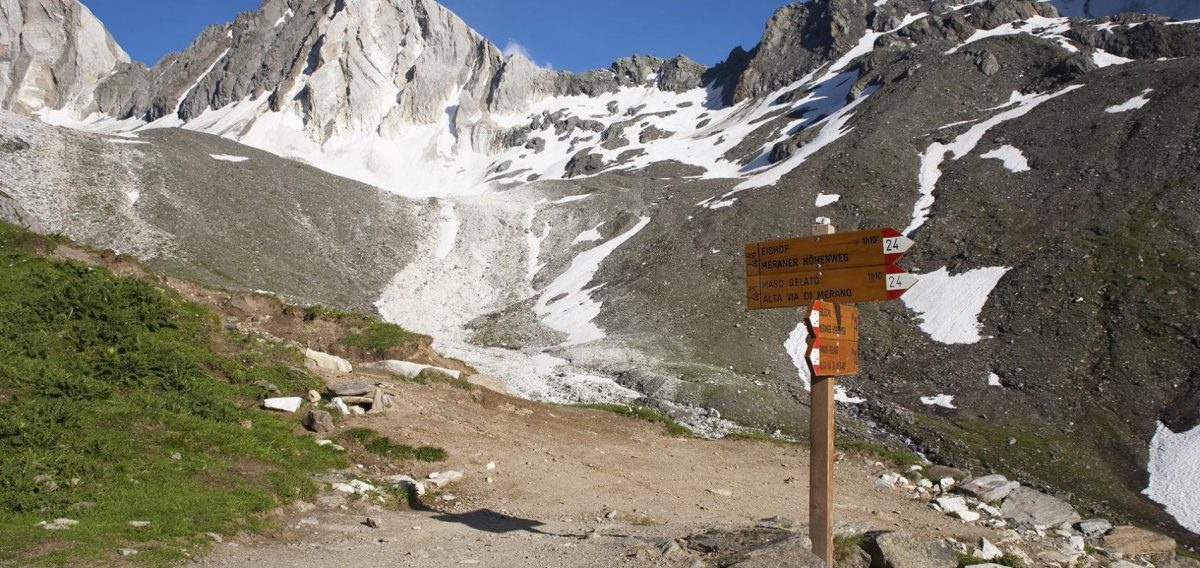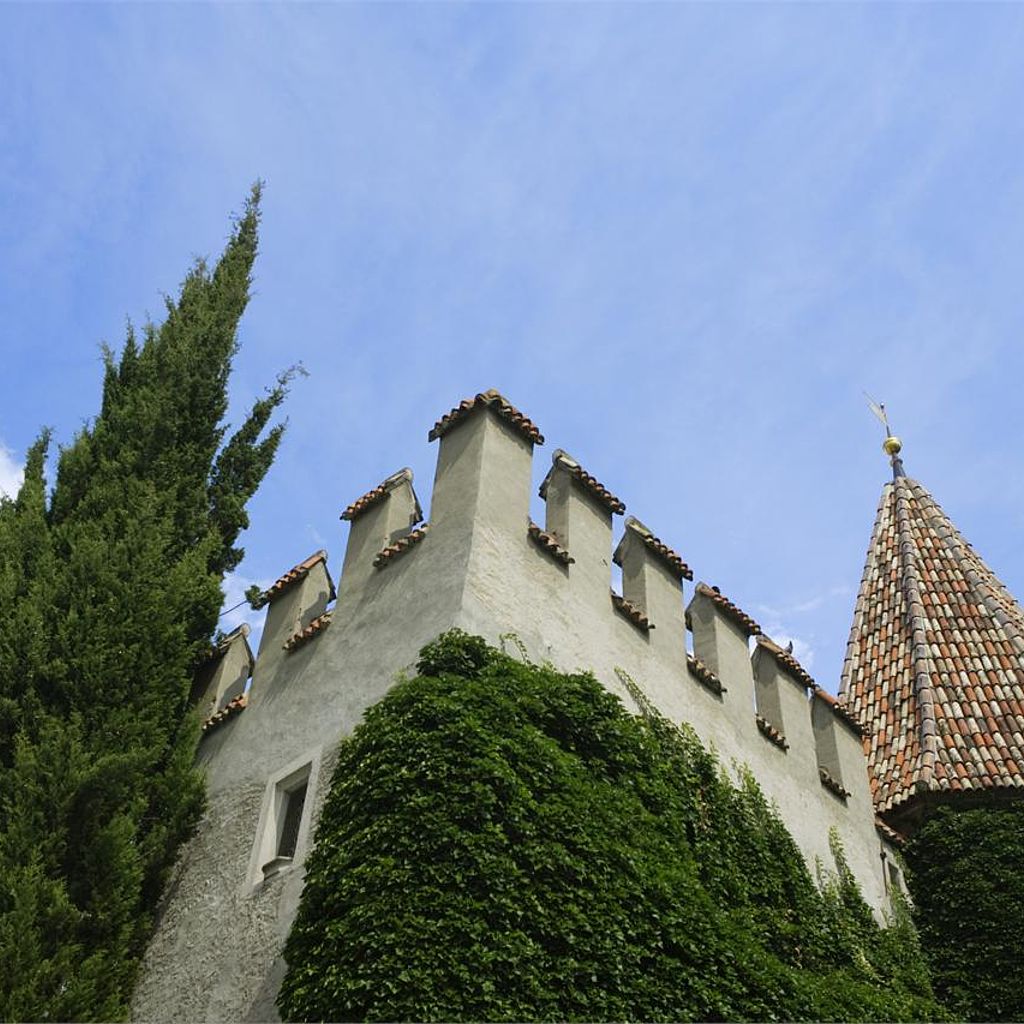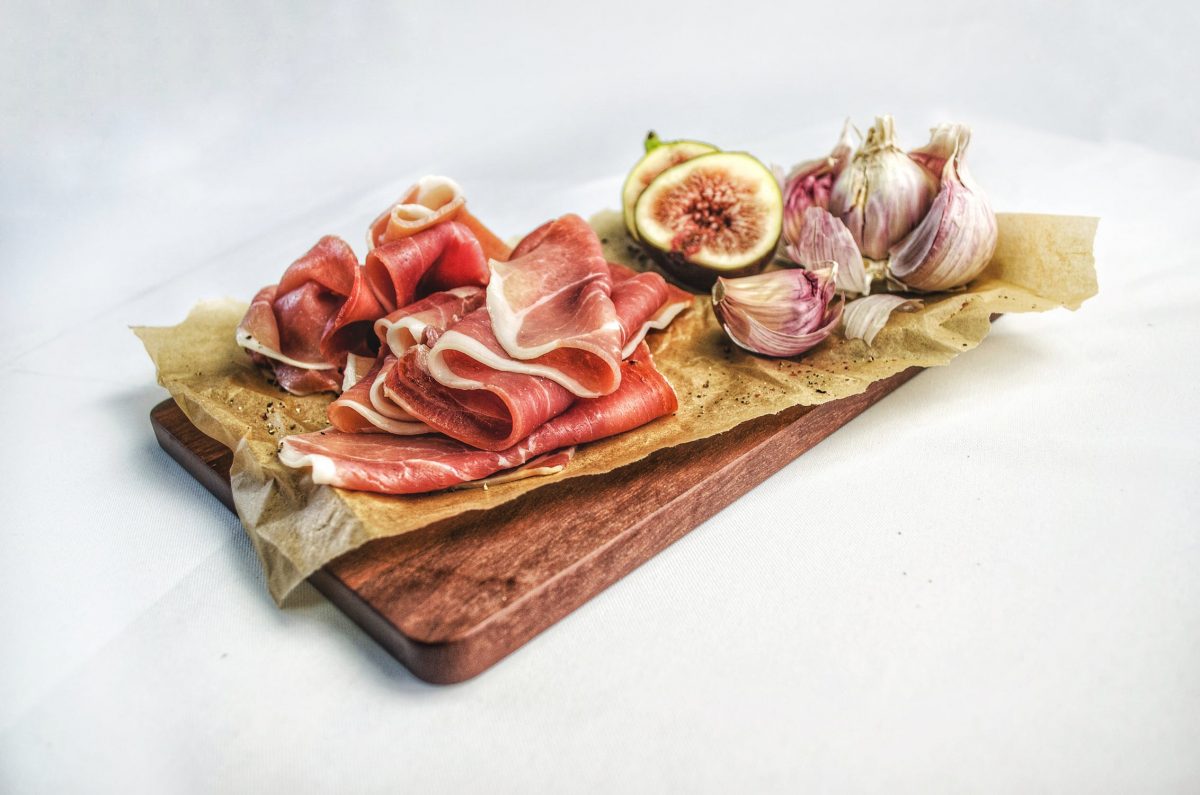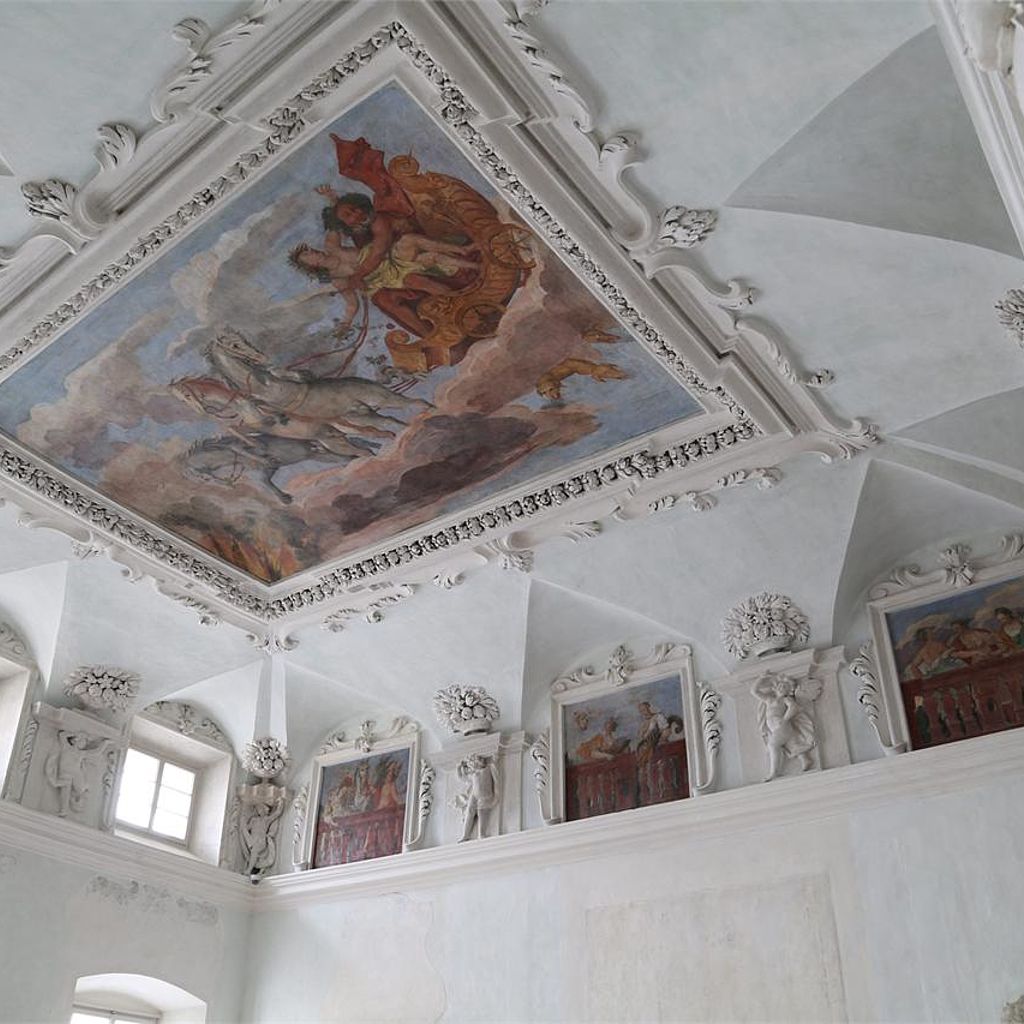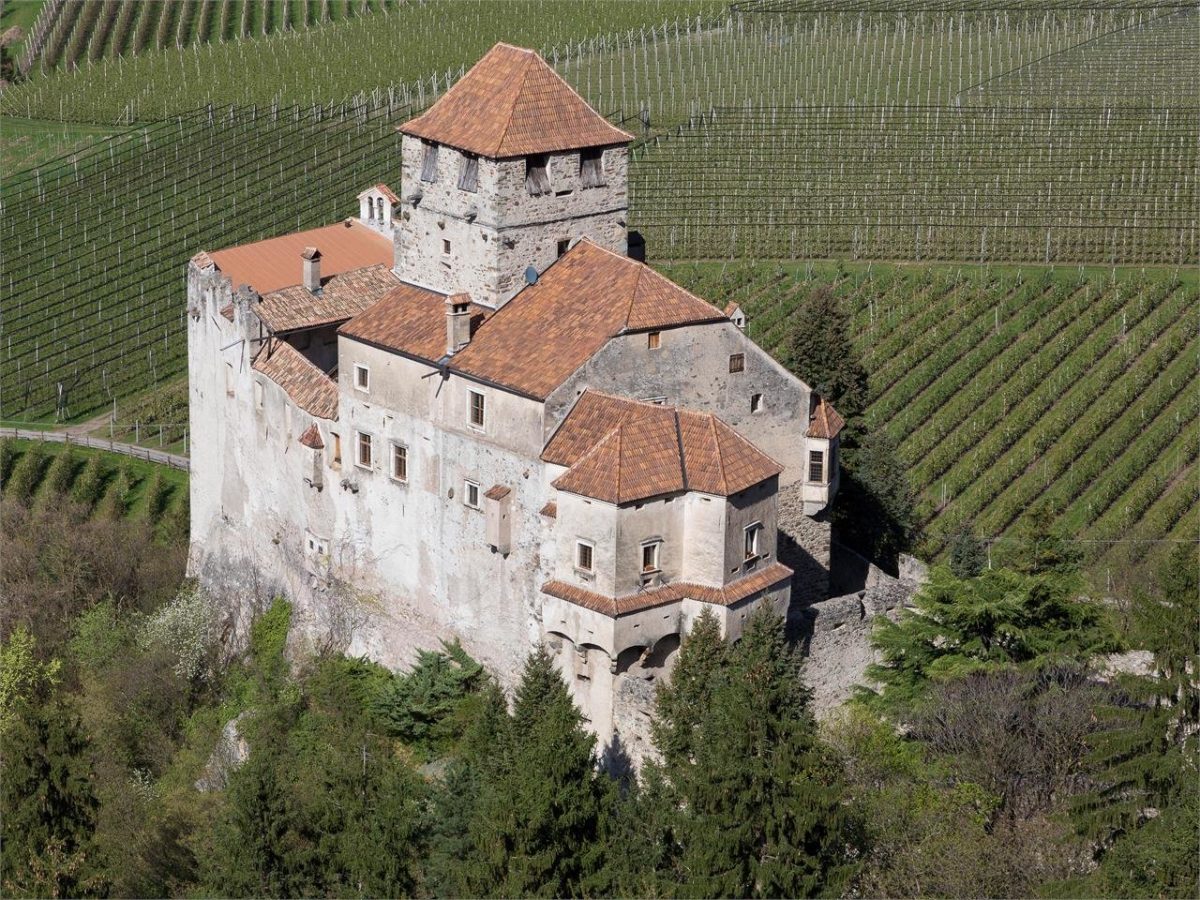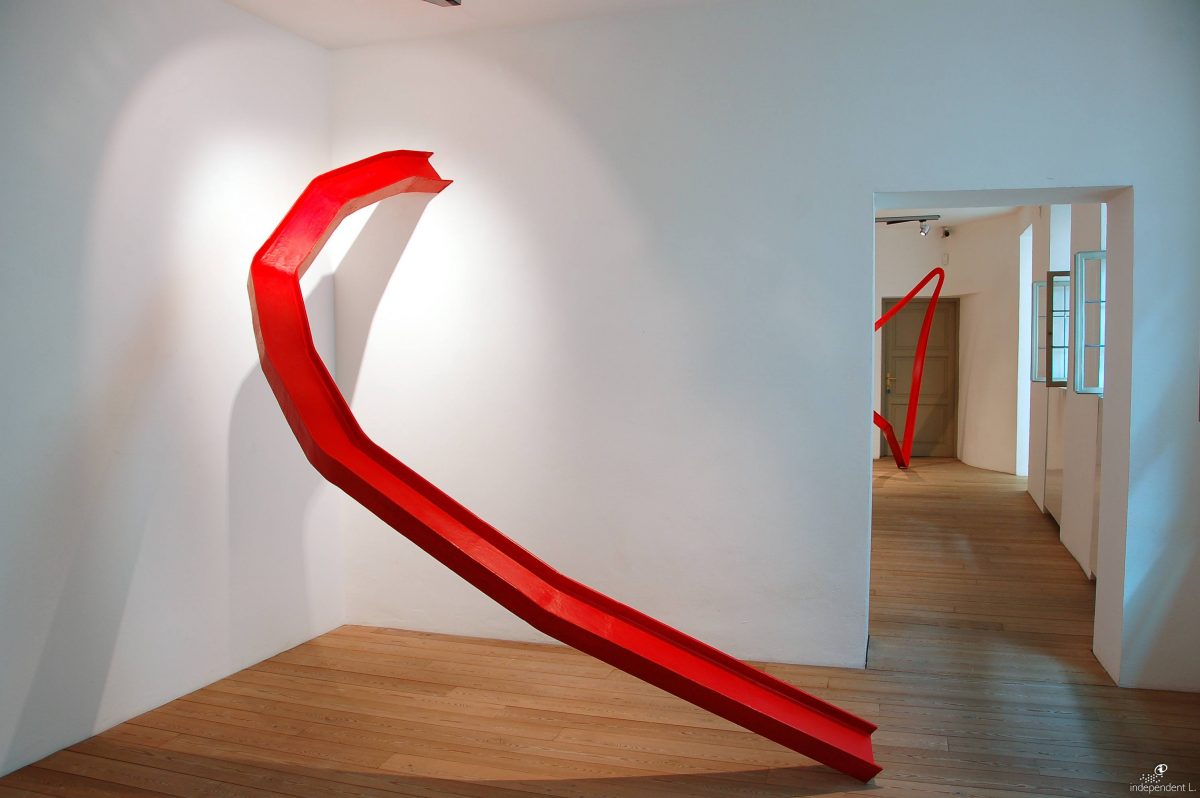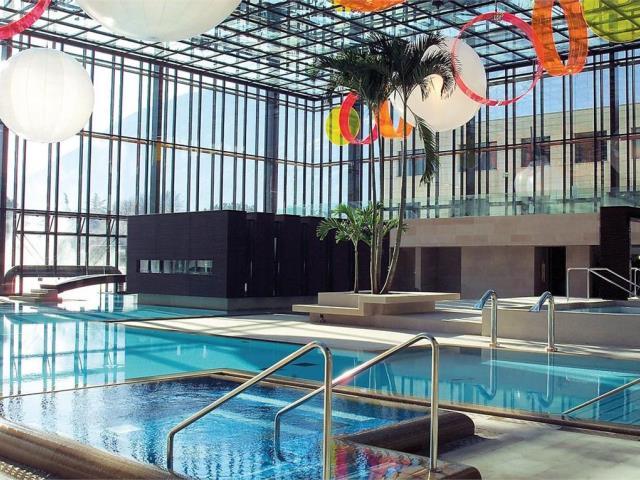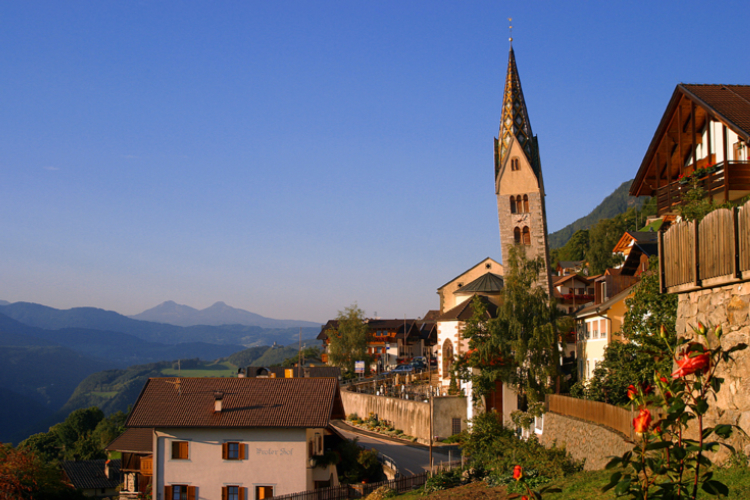How to reach the Gruppo di Tessa Nature Park
Texelgruppe / Gruppo di Tessa Nature Park Visitor Center opened in 1984 in the middle school in Naturns / Naturno and assumed its current form in 1992. The facility’s motto, Water and Light, reflects the diversity and interdependence of the park’s habitats. .
Water is one of the center’s leitmotifs, which is embodied by a replica of a spring biotope, an exhibit concerning the intriguing Waale irrigation technique, and a pond biotope.
The microscopes at Texelgruppe / Gruppo di Tessa Nature Park Visitor Center houseenable visitors to discover that “lowly” lichen or micro-organisms are veritable works of art of Mother Nature. In the reading area, visitors can classify plants and insects that they have brought with them, to which end the staff is happy to supply magnifying glasses and other instruments.
Large wall projections display the variety of interdependent habitats found in Texelgruppe / Gruppo di Tessa Nature Park, along with its characteristic flora and fauna. A relief and a trail map (scale 1:25,000) help visitors to orient themselves in this, South Tyrol’s largest nature park. On the upper level of the facility, visitors can test their senses with smelling sachets and tactile boxes. On a monitor, 20 registered bird sounds can be assigned to the different birds living in the nature park. The life-like taxidermy animals exhibited in natural imitations of their Alpine habitats, which range from mountain forests to glacier regions, are also an impressive attraction. Multi-screen elements guide the visitor through the diversity of all of South Tyrol’s nature parks and provide information concerning nature and landscape conservation in the region.
Opening hours:
9th April- 12th October:
Tuesday – Saturday: 9.30am – 12.30pm & 2.30pm – 6pm
Open also on Sundays in July, August and September.
Price:
Free entry
Contact:
Gruppo di Tessa Nature Park
Feldgasse 3
39025 Naturno
+39 0473 668201
